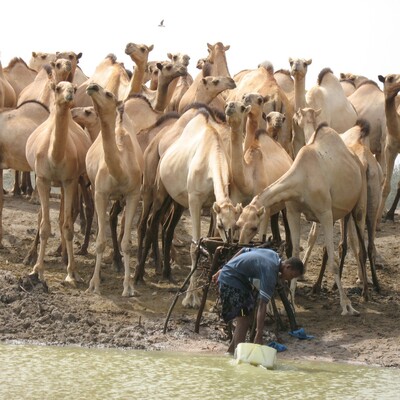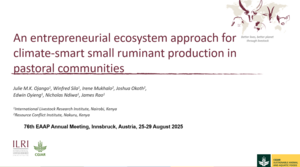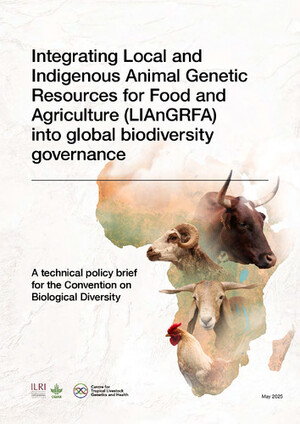
Uganda’s pork value chain research and development outcomes: a status update
Abstract
The CGIAR and its partners have invested in the pork value chain in Uganda since 2012 through research and development projects. By the end of the CGIAR Research Program in Livestock in 2021, there was increased knowledge, awareness and action in the pig sector. Several constraints affecting the pig value chains were identified and addressed by testing new innovations and best practices coupled with capacity development and enhancing actor collaborations as documented in Lukuyu and Ouma (2022). Nationally, pork was now recognized within the meat category prioritized in the Ministry of Agriculture, Animal Industries and Fisheries’ agro-industrialisation program (National Planning Authority, 2020). Pig population rose from 1.2 million in 1994 to 7.1 million in 2021 (Uganda Bureau of Statistics, 2024).
Despite the improvements in the pork sector in Uganda, pig productivity remained low and the need for further integration of technologies, best practices and new business approaches to enhance the competitiveness of the pork value chains remain urgent. To further enhance CGIAR’s efforts to improve the pork value chain and realise its full potential, stakeholders developed the pork value chain theory of change in 2022 under SAPLING and identified key innovation packages needed to address the key constraints. The innovation packages were further co-created with partners and value chain actors for implementation. This brief provides highlights of the progress under each SAPLING work package innovation package and the key outcomes.
Citation
Ouma, E., Lukuyu, B., Kugonza, D.R., Hasahya, E., Mwema, E., Achandi, E., Ahmed, H., Namatovu, J., Marshall, K., Businge, M., Dione, M. Wairagala, P., Oba, P., Ahumuza, R. 2024. Uganda’s pork value chain research and development outcomes: a status update. Nairobi, Kenya. International Livestock Research Institute (ILRI).










